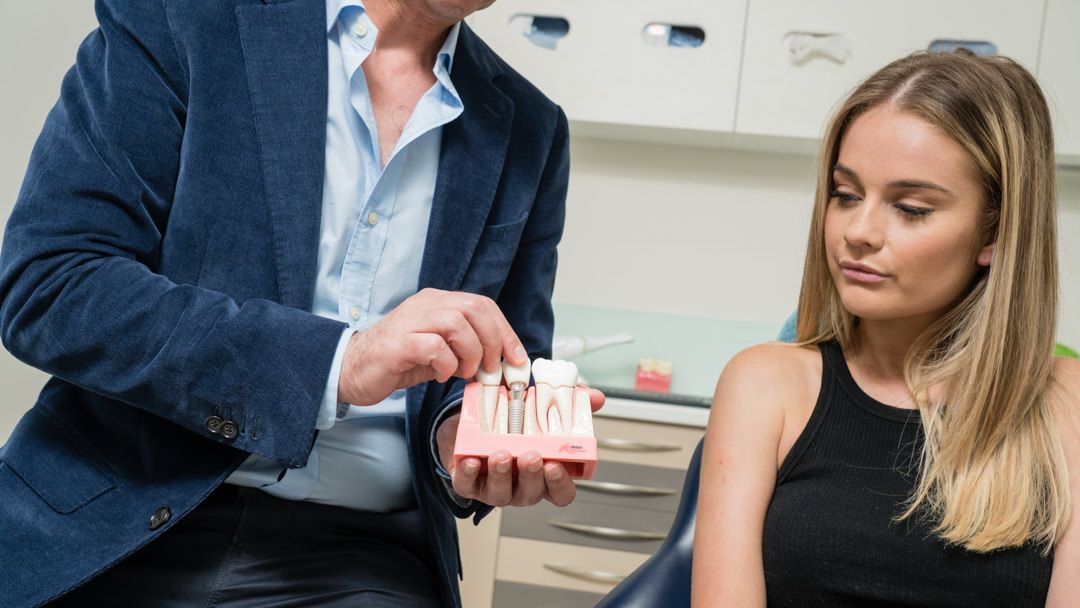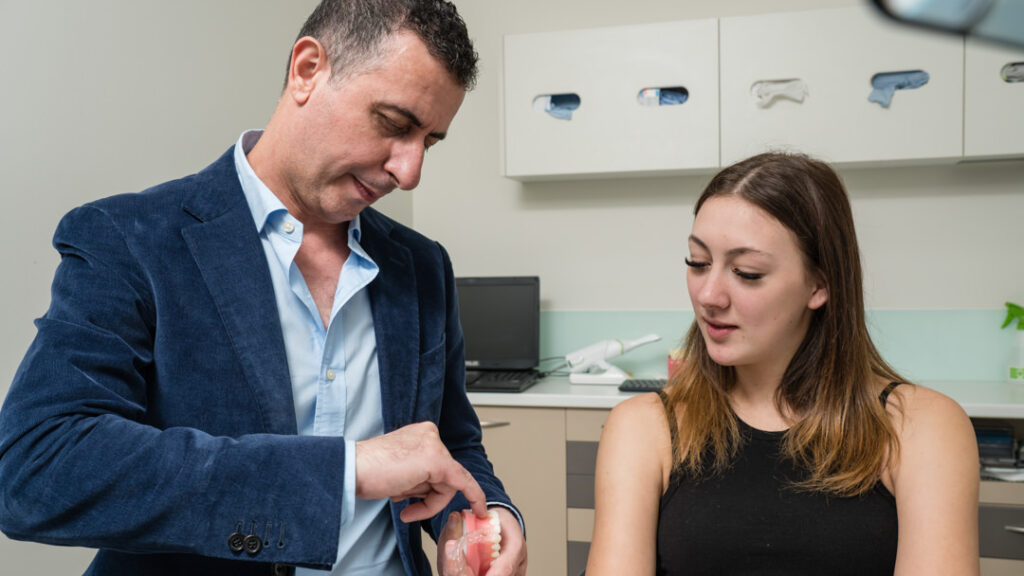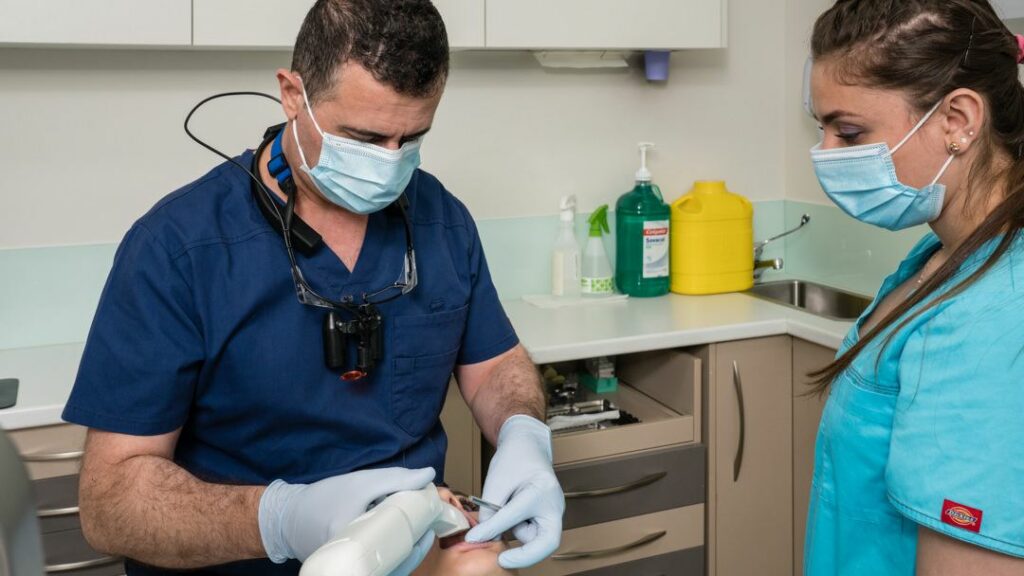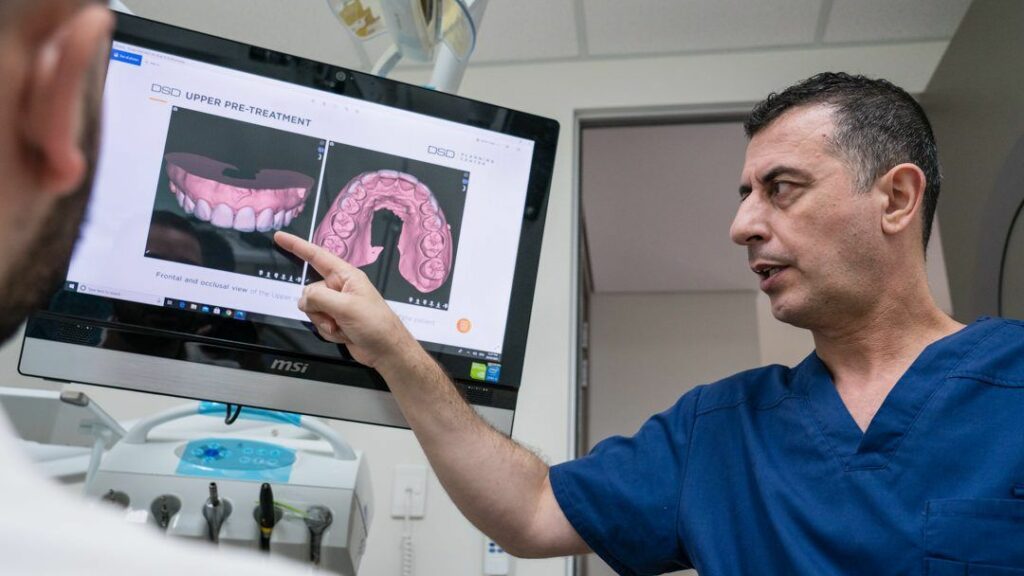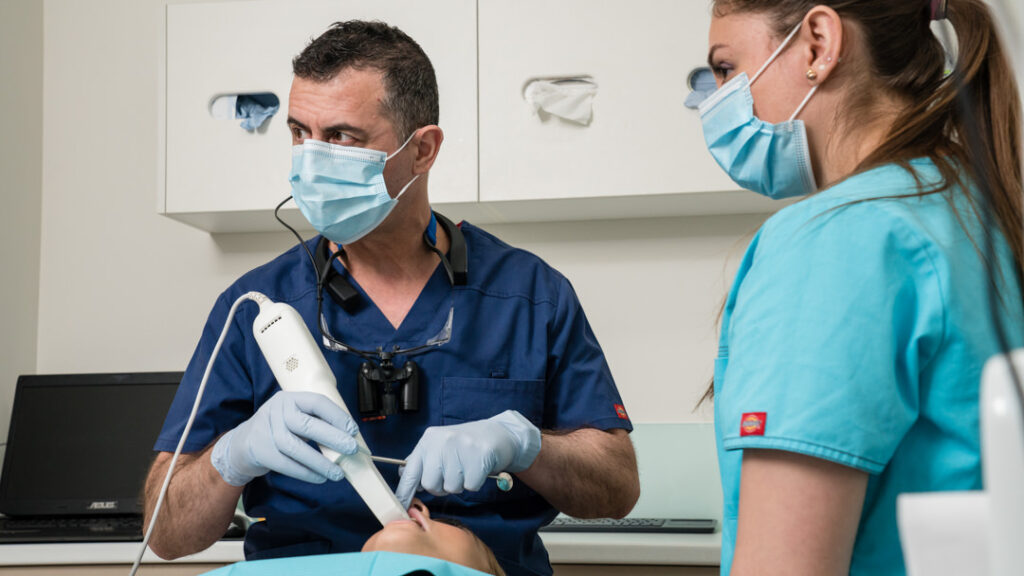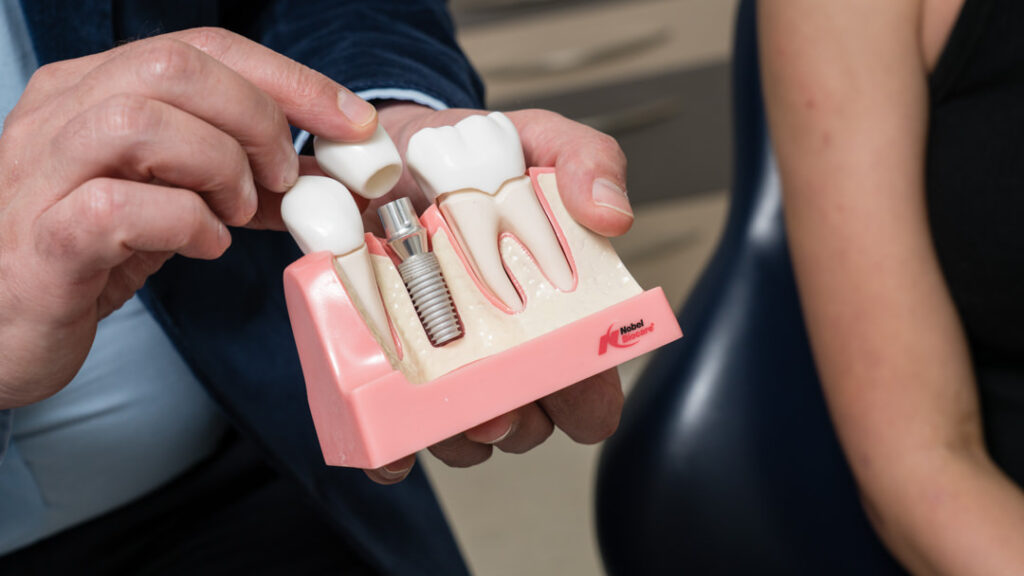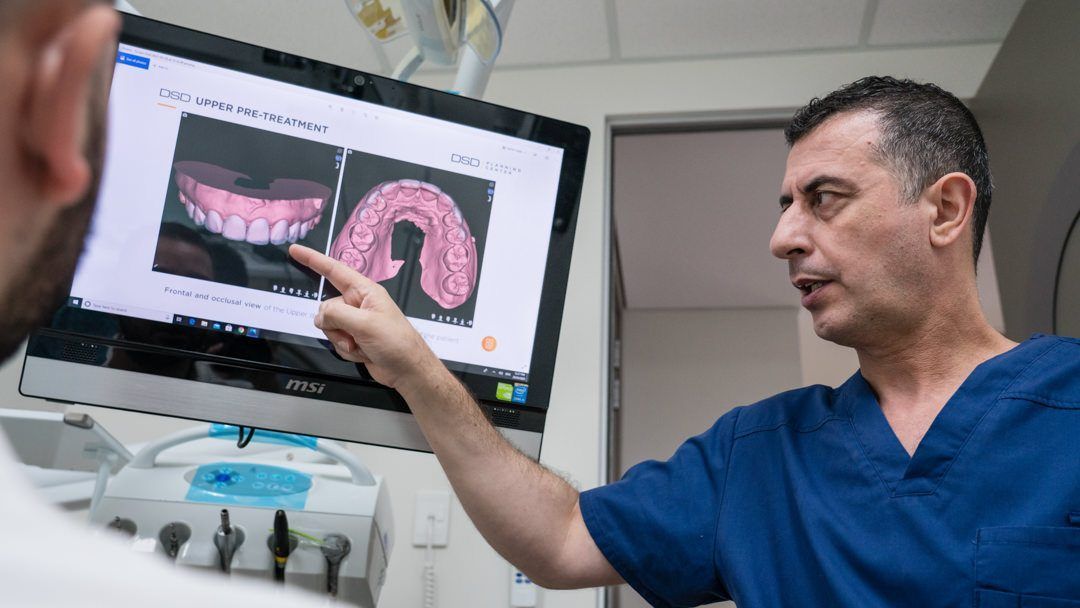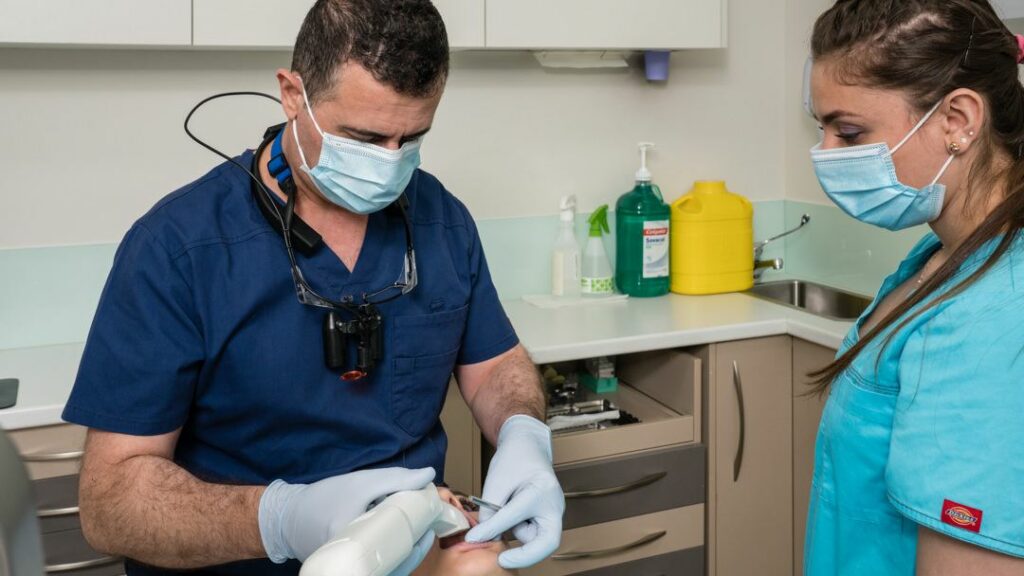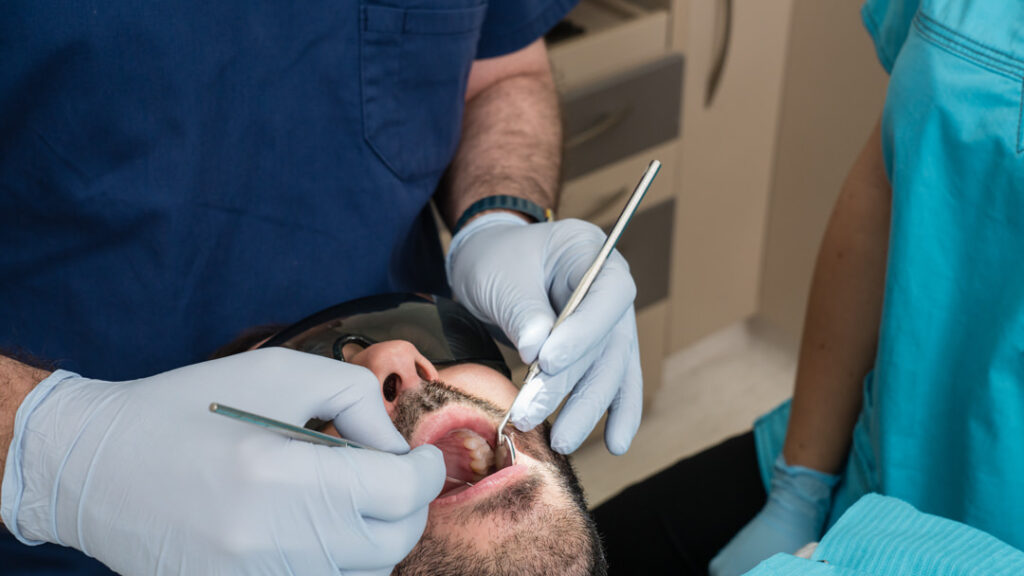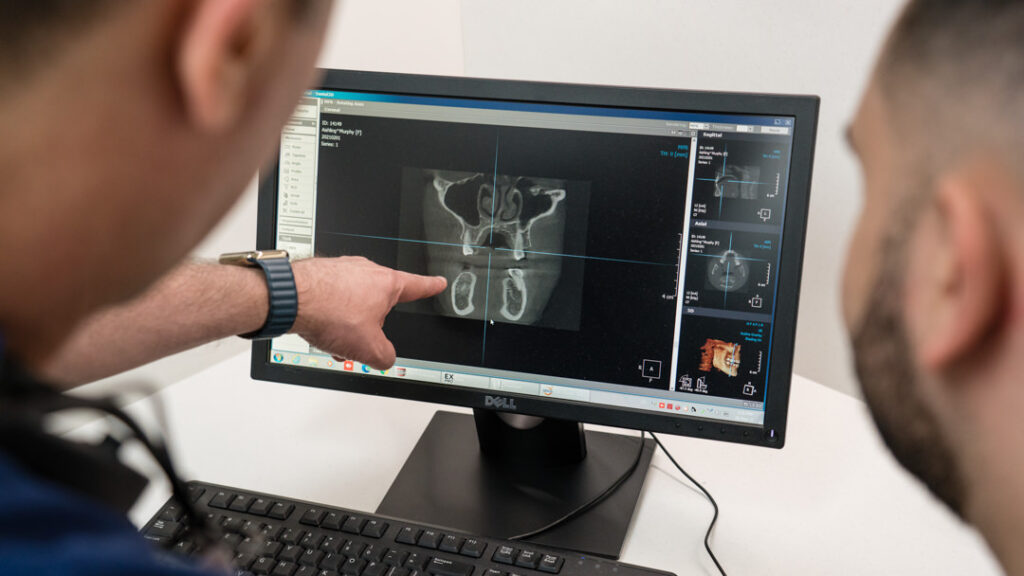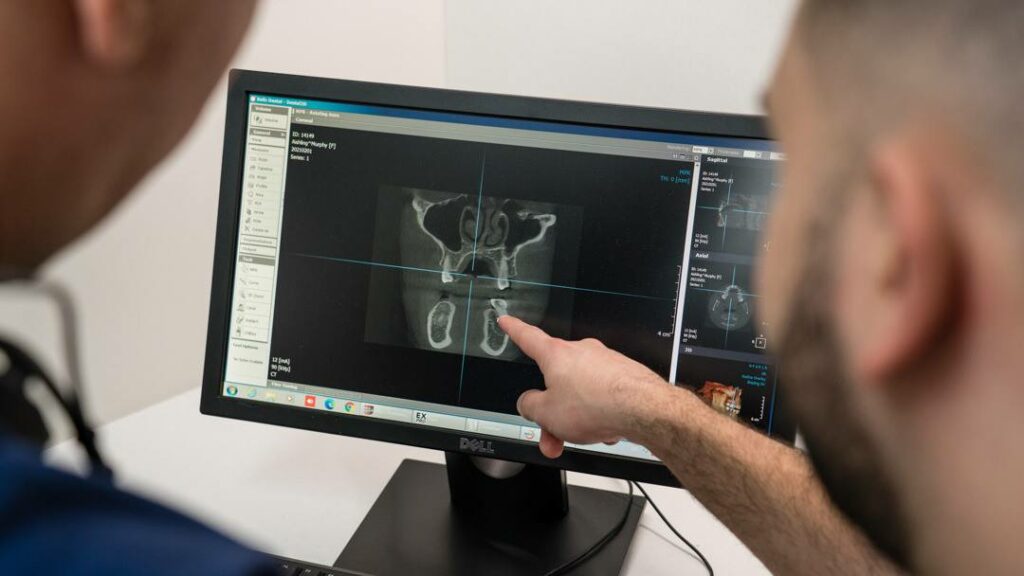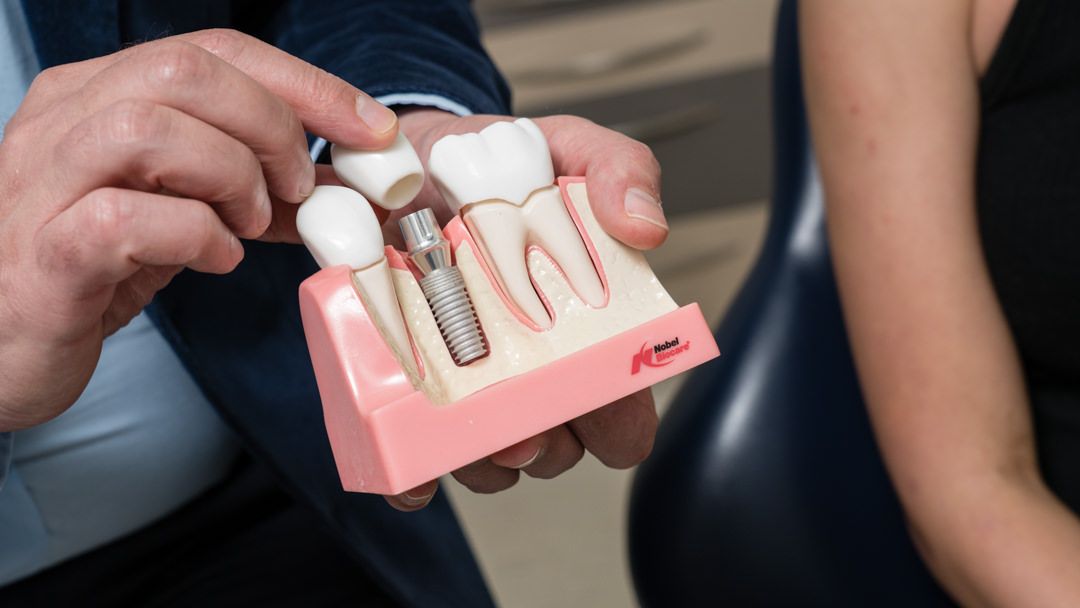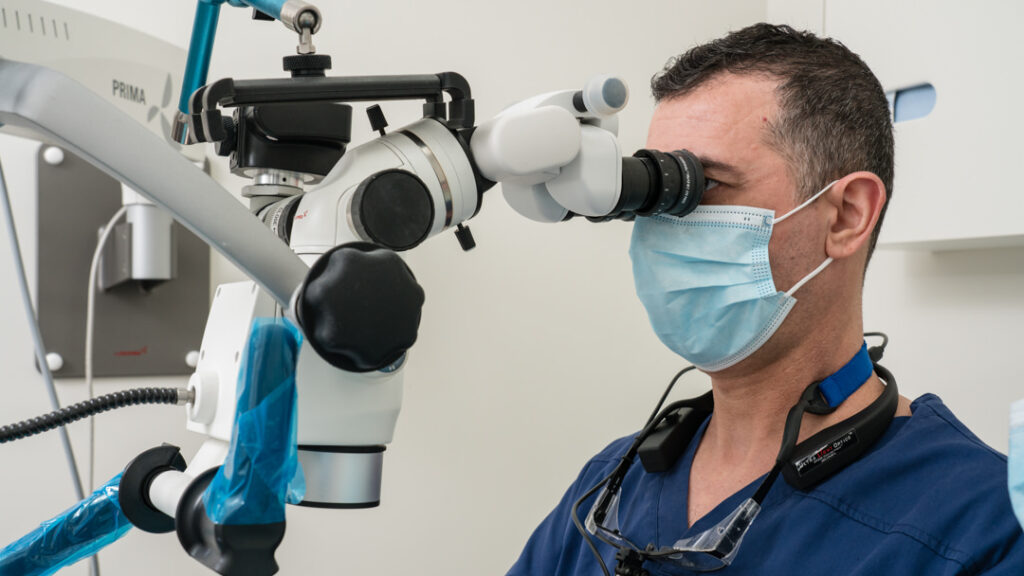Dental Implants Before and After
Dental implants have become a popular and effective solution for individuals seeking to restore their smiles and improve their oral health. This article will provide an overview of the transformation that can be achieved with dental implants, showcasing the remarkable before and after results.
Dental implants are artificial tooth roots that are surgically placed into the jawbone, providing a stable foundation for replacement teeth. Before undergoing the implant procedure, patients undergo an initial consultation and assessment to determine their eligibility and create a personalized treatment plan. The surgical placement of the implants is then performed by a skilled dental professional.
Following the procedure, a healing and osseointegration process takes place, during which the implants fuse with the surrounding bone, ensuring stability and durability. Once this process is complete, the final step involves attaching custom-made replacement teeth to the implants, resulting in a natural and aesthetically pleasing smile.
Through the comparison of before and after images, the significant improvement in both appearance and functionality achieved with dental implants becomes evident.
Importance of Dental Implants
Dental implants play a crucial role in restoring oral functionality and enhancing the overall quality of life for individuals with missing teeth. With advancements in dentistry, dental implants have become the gold standard for replacing missing teeth. These implants are designed to mimic the structure and function of natural teeth, offering a long-lasting and aesthetically pleasing solution.
Before the advent of dental implants, individuals with missing teeth had limited options for tooth replacement. Dentures and bridges were commonly used, but they often came with a host of problems. Dentures could be uncomfortable, slip out of place, and affect speech and chewing abilities. Bridges required the alteration of adjacent teeth, which could weaken them over time. Dental implants, on the other hand, provide a permanent solution without compromising the integrity of surrounding teeth.
The results of dental implant procedures are remarkable. Patients experience improved oral function, allowing them to eat, speak, and smile with confidence. Dental implants also prevent bone loss, which can occur when a tooth is missing. This helps preserve facial structure and prevents the sagging appearance that often accompanies tooth loss.
Initial Consultation and Assessment At Dentistry
During the initial consultation and assessment at the dental clinic, a comprehensive evaluation of the patient’s oral health and specific needs is conducted. This crucial step allows the dentist to determine if dental implants are the appropriate treatment for the patient. The dental office provides a comfortable and welcoming environment for patients to discuss their concerns and goals with the dentist.
During the consultation, the dentist will perform a thorough examination of the patient’s mouth, including an assessment of the teeth, gums, and jawbone. X-rays or CT scans may be taken to evaluate the bone structure and determine the feasibility of dental implant placement. The dentist will also review the patient’s medical history to ensure there are no underlying conditions or medications that may affect the success of the dental implant procedure.
In addition to the examination, the dentist will engage in a detailed discussion with the patient to understand their expectations and desired outcomes. This allows the dentist to create a personalized treatment plan that addresses the patient’s specific needs. The dentist will explain the dental implant procedure, including the before and after care, potential risks, and benefits.
Surgical Placement of Dental Implant By Dentist
The surgical placement of dental implants involves the precise positioning and integration of the implant into the patient’s jawbone. This procedure is performed by a trained dental professional, such as an oral surgeon or a periodontist. The success of the implant relies on the careful planning and execution of this surgical process.
During the surgical placement of dental implants, the dentist will make an incision in the gum tissue to expose the underlying jawbone. Then, a small hole is drilled into the bone to create a space for the implant. The implant, typically made of titanium, is then inserted into the hole and secured in place. Over time, the implant fuses with the jawbone through a process called osseointegration, providing a stable foundation for the replacement tooth.
To give you a better understanding of the surgical placement of dental implants, here is a table showcasing the steps involved in the procedure:
| Step | Description |
| 1 | Incision in the gum tissue |
| 2 | Drilling a hole in the jawbone |
| 3 | Inserting the implant |
| 4 | Securing the implant |
| 5 | Osseointegration and healing |
The surgical placement of dental implants is a vital step in the dental implant process. It lays the foundation for a successful tooth implant and ensures long-lasting results. By integrating the implant into the jawbone, patients can enjoy improved oral function and aesthetics. To see the transformative effects of dental implants, patients can refer to before and after photos, showcasing the significant improvements in their smile and overall dental health.
Healing and Osseointegration Process
The healing and osseointegration process following surgical placement of dental implants is a crucial stage in the success of the procedure. It is during this phase that the implants integrate with the surrounding bone, providing a stable foundation for the replacement tooth or teeth.
Here are some key points about the healing and osseointegration process:
- The healing process begins immediately after the surgical placement of the dental implants. During this time, patients may experience some discomfort and swelling, which can be managed with pain medication prescribed by the dentist.
- Osseointegration is the process by which the dental implants fuse with the jawbone. This integration typically takes several months and is essential for the long-term success of the tooth implant.
- Regular follow-up visits to the dental office are crucial during the healing and osseointegration process. These visits allow dentists to monitor the progress and ensure proper healing.
- Once the healing and osseointegration process is complete, the final step involves attaching the replacement tooth or teeth to the dental implants. This step is custom-tailored to each patient’s specific needs and desired aesthetic results.
The healing and osseointegration process is a critical part of dental implant treatment. With proper care and attention, patients can achieve successful and long-lasting results.
Remarkable Transformation: Before and After Dental Implant
Following the crucial healing and osseointegration processes, a remarkable transformation can be seen through a before and after comparison of dental implants. Before the dental implant procedure, patients may experience issues such as difficulty chewing, speaking, or a lack of confidence due to their missing teeth. However, after the placement of dental implants, patients experience a significant improvement in their overall oral health and appearance.
One of the most noticeable changes after the dental implant procedure is the restoration of a complete and natural-looking smile. Dental crowns are typically placed on top of the dental implant, mimicking the appearance and function of natural teeth. These dental crowns are custom-made to match the shape, size, and color of the patient’s existing teeth, resulting in a seamless blend with the surrounding teeth. This transformation not only improves the aesthetic appearance but also restores the functionality of the patient’s bite.
In addition to dental crowns, dental implants offer several other advantages. They provide stability and support to neighboring teeth, preventing them from shifting or becoming misaligned. Furthermore, dental implants stimulate the jawbone, preventing bone loss that often occurs with missing teeth. This stimulation helps to maintain the facial structure and prevent a sunken-in appearance.
To enhance the overall transformation, patients may also opt for teeth whitening treatments. Teeth whitening can be done either before or after the dental implant procedure, depending on the patient’s preference and the advice of the dental office. By brightening the natural teeth, the patient achieves a more uniform and radiant smile.
Conclusion
In conclusion, dental implants play a crucial role in restoring oral health and improving the appearance of individuals with missing teeth. Through the initial consultation and assessment at a dental clinic, the surgical placement of dental implants can be performed. The healing and osseointegration process is vital for the success of the implants.
Overall, the remarkable transformation seen in before and after comparisons highlights the significant impact of dental implants on patients’ lives.
